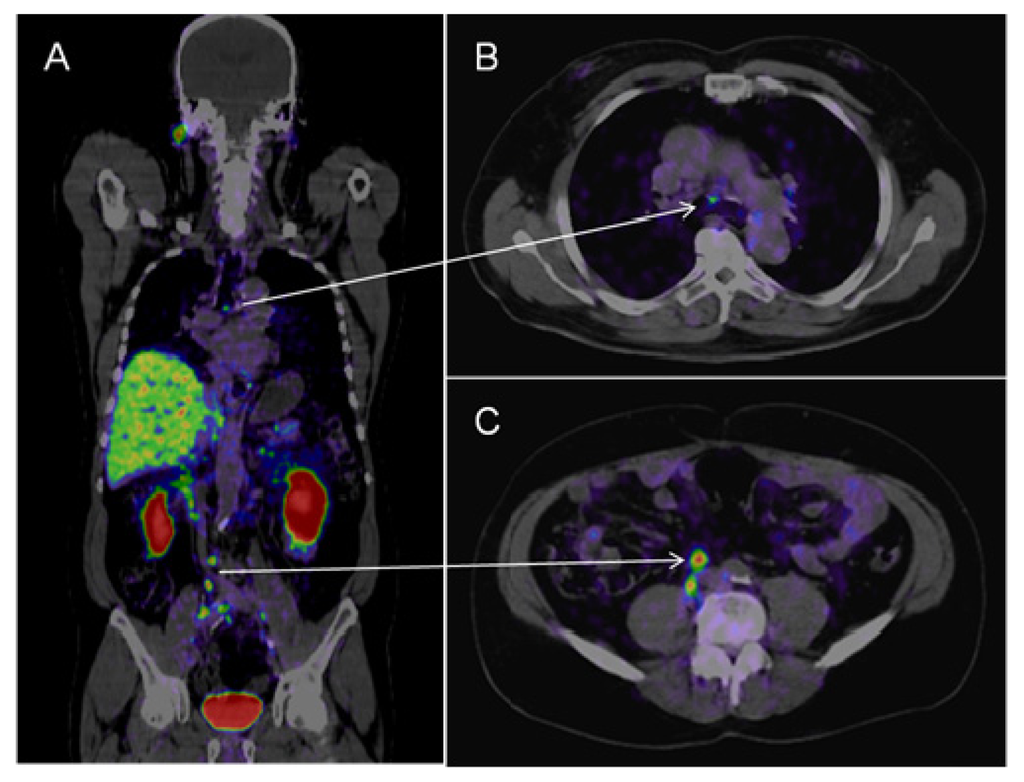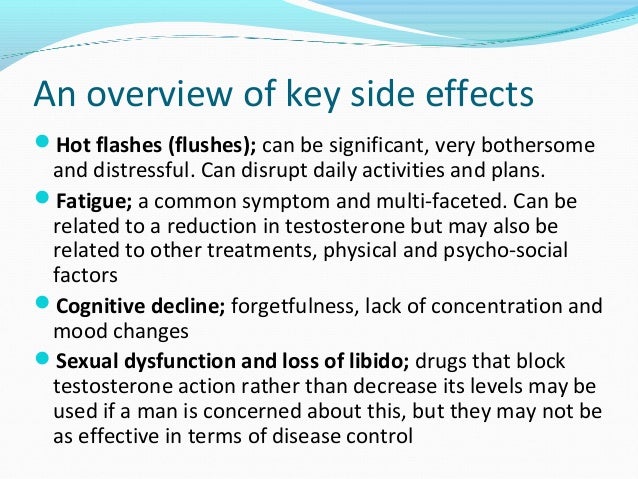General Research
This year’s crop of ASCO abstracts now available on linemeeting of the American Society for Clinical Oncology (ASCO), starting in Chicago in another couple of weeks
Search Result | 2015 ASCO Annual MeetingAbstracts
Prostate Cancer and Prostatic Diseases - Nationally representative trends and geographic variation in treatment of localized prostate cancer: the Urologic Diseases in America project
Prostate Cancer and Prostatic DiseasesProstate cancer is estimated to account for nearly a third of all incident cancer types in men.1 With many therapeutic options available, localized prostate cancer treatment patterns are quite diverse. Some of these variations in treatment are likely explained by a lack of sufficient evidence to suggest a greater benefit of one treatment approach over another.2, 3Variation in treatment attributable to local practice site has been shown to range from 13% for primary androgen deprivation therapy (ADT) to 74% for cryotherapy.4 This suggests that factors other than cancer risk and patient characteristics may influence treatment decisions.5 Furthermore, advances in both radiation and surgical technology have also led to changes in treatment patterns over time.The aim of the current study is to confirm nationally representative trends in the use of primary treatment for localized prostate cancer in two large claims-based registries, representing men across the age spectrum and to assess demographic, geographic and clinical predictors of the treatment.
Journal covers all aspects of prostatic diseases, in particular prostate cancer. The journal is of interest to surgeons, oncologists, clinicians and researchers involved in diseases of the prostate. The journal publishes original research articles, reviews, topical comments and critical appraisal of scientific meetings.
What you can do
Check what you know about diagnosis of prostate cancerThere’s a new slide presentation on the Medscape web site that is designed to help primary care physicians keep up to date on the initial diagnosis of prostate cancer and its implications.
 |
| For Prostate Cancer, Referral-Based Exercise Program Beneficial - Cancer Therapy Advisor |
For the latest research, Behnke is using prostate cancer tumor models to find ways to enhance oxygen delivery to tumors. When a tumor is hypoxic, or has low oxygen, it is often very aggressive, Behnke said. Because oxygen is a "radiosensitizer," it helps destroy cancer cells. As a result, low-oxygen tumors often are resistant to traditional cancer therapies, such as radiation therapy, and interventions, such as concentrated oxygen breathing, are used to get more oxygen to the tumor before treatment.
"If we manipulate all the systems in the body -- the lungs, the heart and the blood vessels -- with exercise, we can take advantage of the dysfunctional vasculature in the tumor and enhance blood flow to the tumor," Behnke said. "The tumor becomes the path of least resistance for the elevated cardiac output of exercise, which results in a substantial increase in tumor oxygenation during and after exercise."
Crowdsourcing to fund prostate cancer trials … can this be made to work? The motivated son of a man with late-stage prostate cancer has put together a crowdsourcing campaign to raise at least $1 million to fund what appears to be a Phase II clinical trial of the use of disulfiram in the treatment of castration-resistant prostate cancer.
The “Give 1 For Dad” campaign is designed to allow motivated patients and others to donate, as well as share and read stories about the people for whom donations are made, and find information on how to get involved with the campaign where they live.
 |
| The
value of multiparametric MRI and MR-guided biopsy for patients with an elevated PSA - UMC St Radboud Nijmegen - Radiology Department |
Screening
MRI - prostate cancer screening for the future?A screening method that combines a traditional PSA test with an MRI detects a significantly greater number of prostate cancer cases and improves diagnostic accuracy. The study was conducted as part of the largest international research project on prostate cancer. The method will now be tried with 40,000 subjects in Gothenburg.
Prostate cancer, which is the third most common malignancy among European men, caused more than 92,000 deaths in 2012 alone.
Sweden and many other countries use the PSA test for diagnostic purposes. The test has been widely criticized for yielding false negatives, as well as false positives that lead to needless assessment and treatment.
As a result, Swedish authorities have not issued a general recommendation for PSA screening.
MRIs may be solution to prostate screening conundrum
Grummet and O'Sullivan suggested that multiparametric magnetic resonance imaging (mpMRI) may be a diagnostic tool that can more reliably detect significant prostate cancer, while excluding indolent disease, by directing a subsequent biopsy to suspicious areas seen on mpMRI.
Two studies, one conducted in Sydney and one in Brisbane, have found that "mpMRI was considerably more sensitive than TRUS biopsy in detecting significant cancer" - only 3% were missed by mpMRI in the Brisbane study, compared with 28% not detected by TRUS biopsy.
The overdiagnosis of low-risk cancer could also be significantly reduced by mpMRI-targeted biopsies, and the need for biopsy by around 50%.
 |
| Molecular and Functional Imaging for Detection of Lymph Node Metastases in Prostate Cancer |
A recent study reported in The Journal of Nuclear Medicine compared use of the novel Ga-68-PSMA-ligand PET/CT with other imaging methods and found that it had substantially higher detection rates of prostate-specific membrane antigen (PSMA) in patients with biochemical recurrence after radical prostatectomy. Discovering a recurrence early can strongly influence further clinical management, so it is especially noteworthy that this hybrid PSMA-ligand identified a large number of positive findings in the clinically important range of low PSA-values (<0 .5ng="" ml="" p="">
Therapy
Combined radiation and hormonal therapy improves survival in node-positive prostate cancerStudy of large national database reveals that combination therapy reduced death risk by 50 percent, compared with hormone therapy alone
A new study finds that men with prostate cancer that has spread to nearby lymph nodes, who have a significant risk of dying from the disease, can benefit from the addition of radiation therapy to treatments that block the effects of testosterone. The findings imply that the almost half of patients with node-positive disease nationwide who this study found had not received combination therapy were not receiving the treatment that could best control their tumor and possibly save their lives. The report from investigators at the Massachusetts General Hospital (MGH) Cancer Center and the American Cancer Society has been published online in the Journal of the National Cancer Institute.
Advanced viral gene therapy eradicates prostate cancer in preclinical experiments
Novel therapy shows synergism between engineered 'cancer terminator virus' and experimental drug to destroy primary and metastatic prostate cancer
Even with the best available treatments, the median survival of patients with metastatic, hormone-refractory prostate cancer is only two to three years. Driven by the need for more effective therapies for these patients, researchers at VCU Massey Cancer Center and the VCU Institute of Molecular Medicine (VIMM) have developed a unique approach that uses microscopic gas bubbles to deliver directly to the cancer a viral gene therapy in combination with an experimental drug that targets a specific gene driving the cancer's growth.
ADT Side Effects
Young and Hot? why some prostate cancer patients experience more hot flashesThe researchers analyzed patient characteristics and their DNA to determine which factors were associated with an increase of hot flashes. They discovered that men who were younger and had a lower body mass index experienced more hot flashes and felt more interference with their daily lives. The researchers also reported that the presence of certain genes involved in processes such as immune function, nerve impulse transmission, blood vessel constriction and circadian rhythms were associated with an increased number of hot flashes.
A genetic reason for cognitive impairment among men on ADT?
In a paper just published on line, we finally have some sound, prospective, comparative data confirming that androgen deprivation therapy (ADT) is associated with significant risk for effects on mental cognition among men with prostate cancer when used for 6 months or longer.




No comments:
Post a Comment